Tips for Landscape Photography
Welcome to the wonderful world of landscape photography, where you can capture the awe-inspiring wonders of nature with fantastic landscape photos. This genre offers a unique opportunity to connect with the world around us and at the same time explore our creative potential.
Landscape photography comes with its own set of challenges, such as ever-changing light and unpredictable weather. Whether you’re a budding photographer or simply want to improve your skills, this guide will help you navigate the exciting realm of landscape photography.
Ready to dive into beginner landscape photography tips?
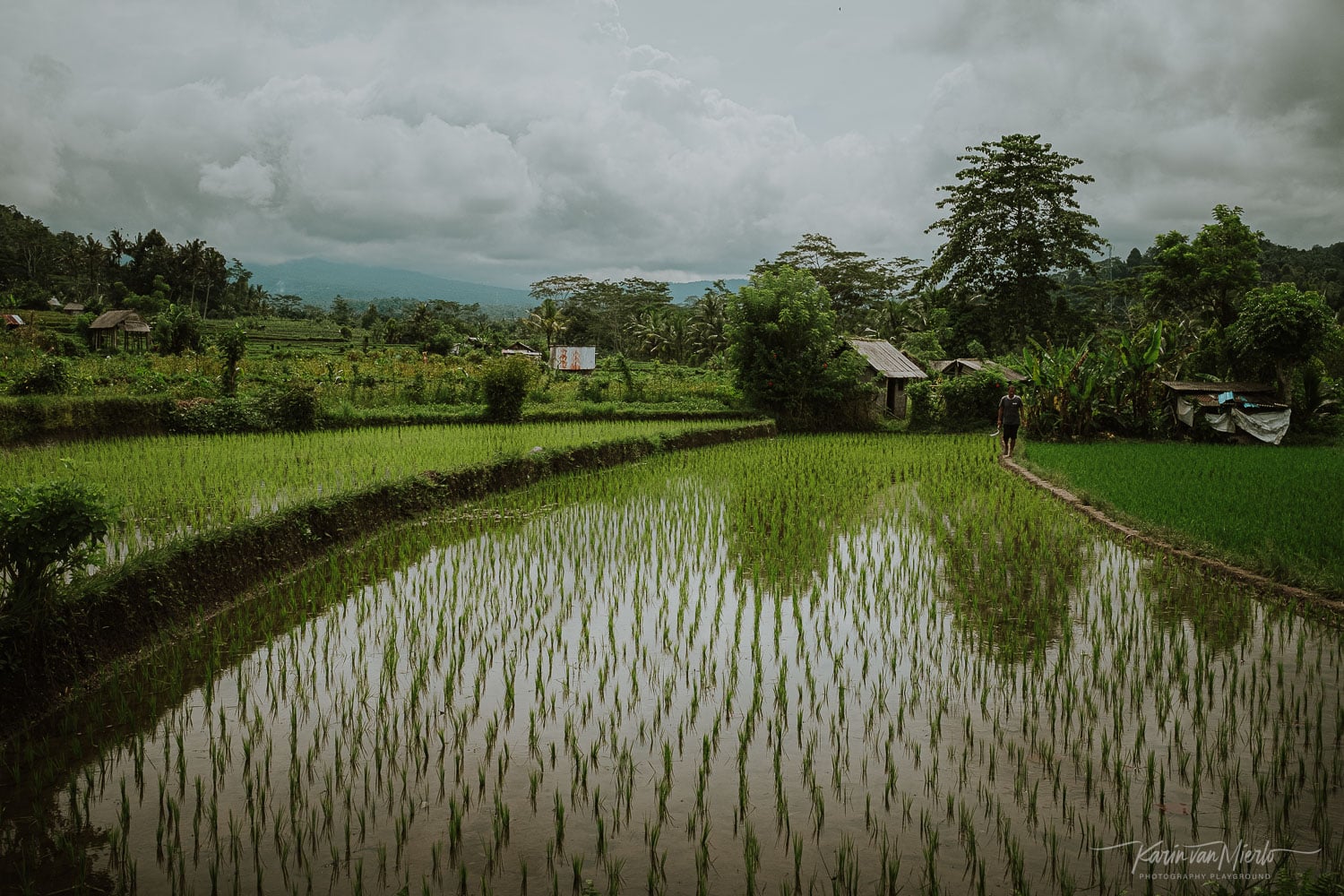
#1 Plan Ahead
Landscape photography benefits greatly from thoughtful planning. It ensures a more organized and successful experience. By researching your destination, timing your shoots for the best conditions, packing essentials, and prioritizing safety, you free your mind to be fully present and well-prepared to capture the beauty of nature with confidence and creativity.
Scout Locations
To start, explore potential locations through blogs, and photography forums. Google Earth is your friend for exploring the situation on the ground. It allows you to study the topography and pinpoint potential vantage points.
When I travel somewhere to photograph, I can get completely lost in Google Earth. Not only does it tell me if a location is interesting, but it also serves as a valuable tool for familiarizing myself with the surroundings. So when I get there, I know where to go.
Check the Weather
You can keep an eye on the weather with the weather app on your phone. Flexibility is key when it comes to weather-dependent plans, as it significantly influences the mood and atmosphere of your landscape photos.
In the event of rain, you’ll need to adapt by either adjusting your plans or making sure you have the necessary rain gear for yourself and your camera.
Understanding the sun’s position, especially concerning your location, is important. Numerous apps, such as Photo Ephemeris or Golden Hour One, provide this information.
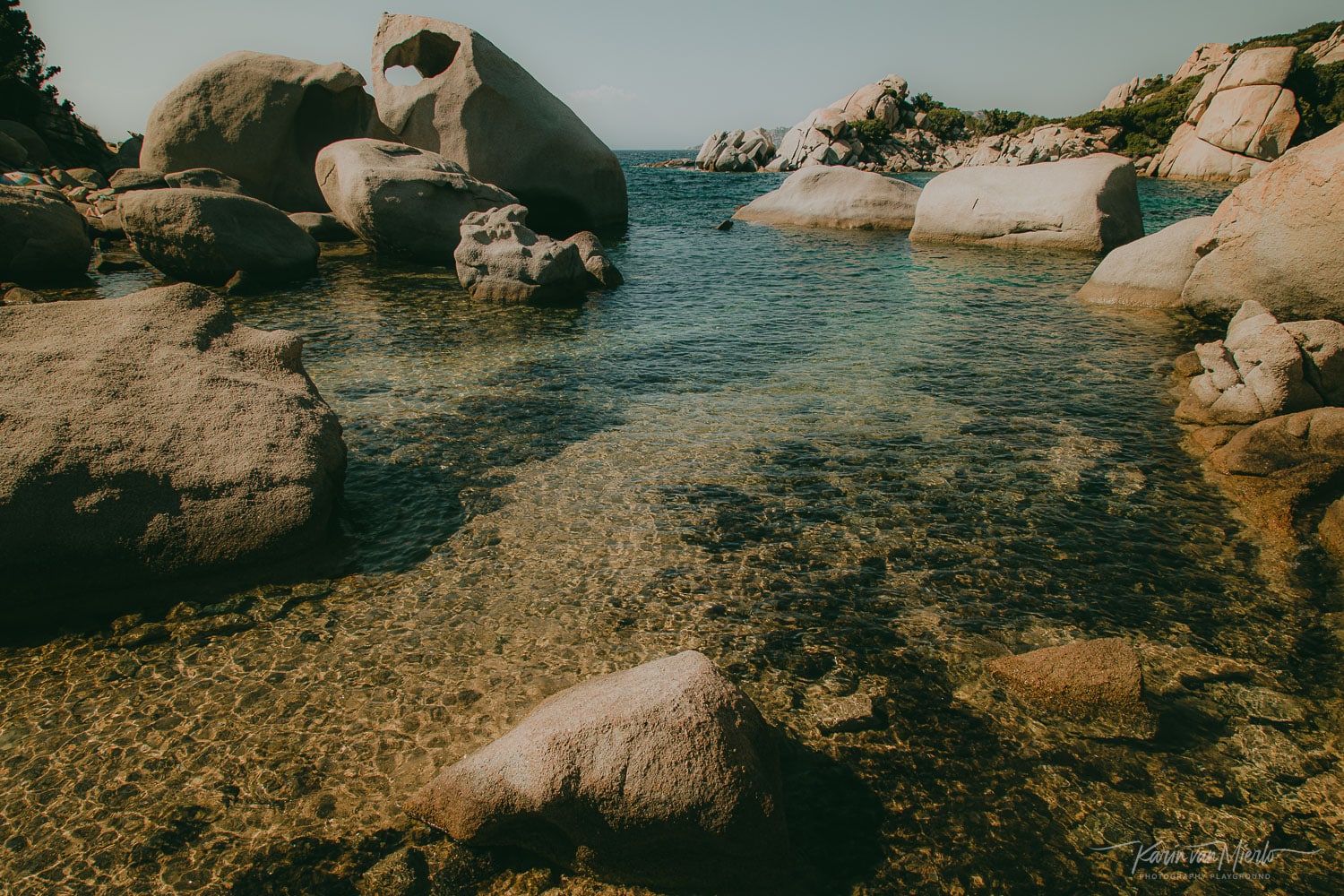
Tide Charts
Another useful planning tool when photographing seascapes is an app that displays a tide chart. Tide charts provide valuable information about the ebb and flow of the tides at a particular location, which can help you plan the time of day for your desired conditions.
Safety First
If you’re going to be out all day, bring plenty of water and food, dress in layers, and wear appropriate footwear.
Try not to overload your camera bag with gear. Bring a fully charged phone and a power bank just in case. Download a GPS-based app for navigation so you don’t have to rely on an Internet signal. I use maps.me. Be sure to download the map of the area before you leave.
Tell someone about your photography plans, especially if you’re going into a remote area alone. Tell them where you are going and when you plan to return.
Leave No Trace
Before you head out for the day, be mindful of the environment and follow the principles of Leave No Trace. These principles include taking your trash with you, staying on established trails, and avoiding damage to flora and fauna.
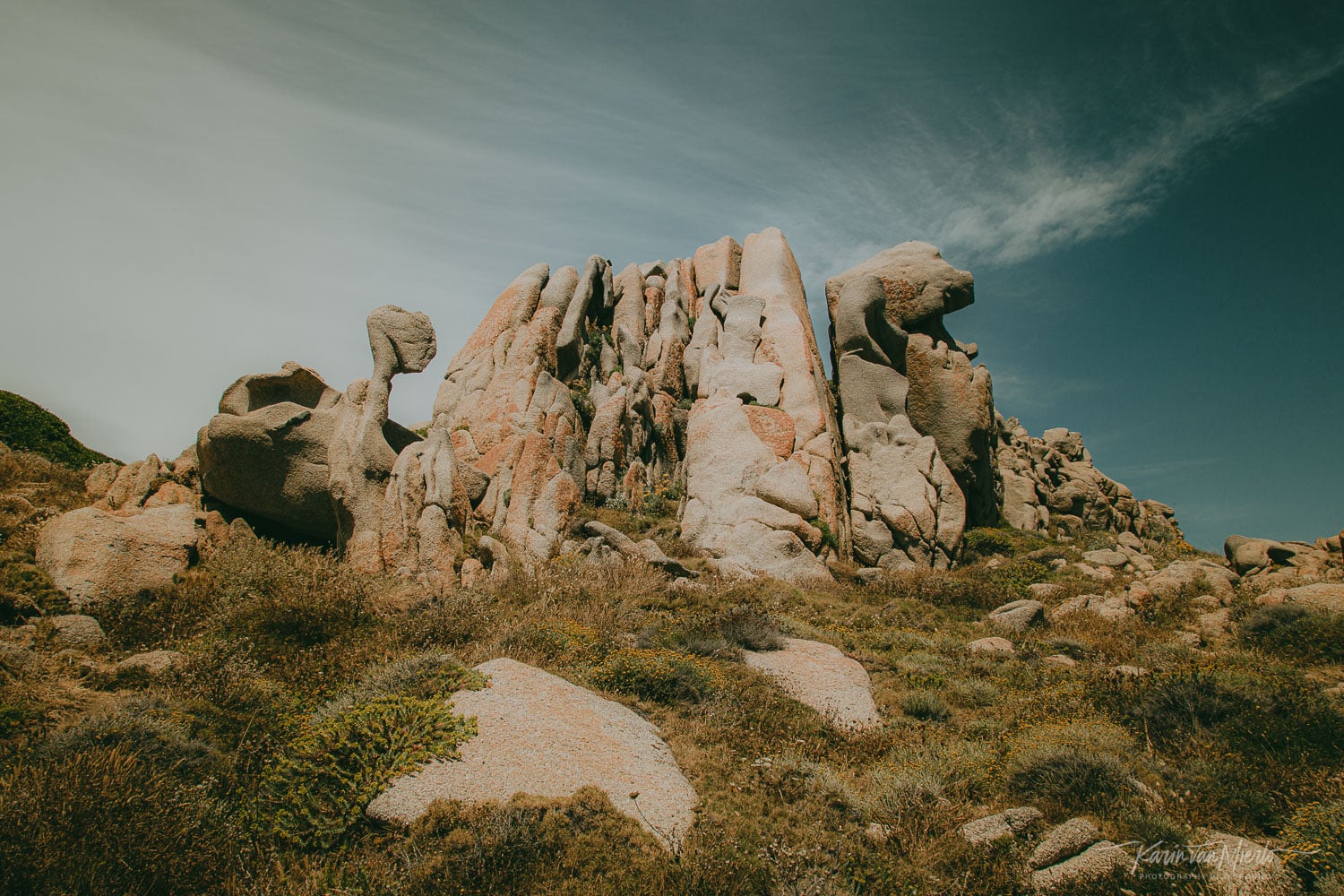
#2 Your Essential Gear
Try to minimize your gear and bring only the essentials. This is important for any kind of photography, but especially for landscape shots. You will be carrying your gear everywhere you go, from the small path along the side of the canyon to the rickety little bridge over a swirling river.
Best Camera for Landscape Photography
If you’re serious about landscape photography, you’ll need a DSLR. I’m a Canon girl but Nikon, or Sony are great choices as well. One of the lightweight mirrorless cameras is also a great choice for razor-sharp landscape images.
Smartphone cameras have come a long way, but they are not designed for the kind of landscape photography we are talking about here. So you need a camera with interchangeable lenses and a decent-sized sensor.
Not sure which camera to buy? Check out How To Choose A Camera: 8 Steps to Buying Your First Camera
Best Lens for Landscape Photography
If you want to limit your gear, bring only one lens. I recommend a wide angle lens because it’s super versatile. It brings out the vastness of the landscape, but you can also get pretty close to the details if you want to.
If you don’t mind the extra weight, you can bring a second lens. If you already have a wide angle, bringing something like a 50mm is not going to give you any more variety – that is the point of bringing another lens, right? So I would go with a telephoto.
You might be thinking, why not bring a zoom lens? Well, you could, of course, although zoom lenses can be quite heavy. Read Prime vs Zoom Lens to make an informed decision.
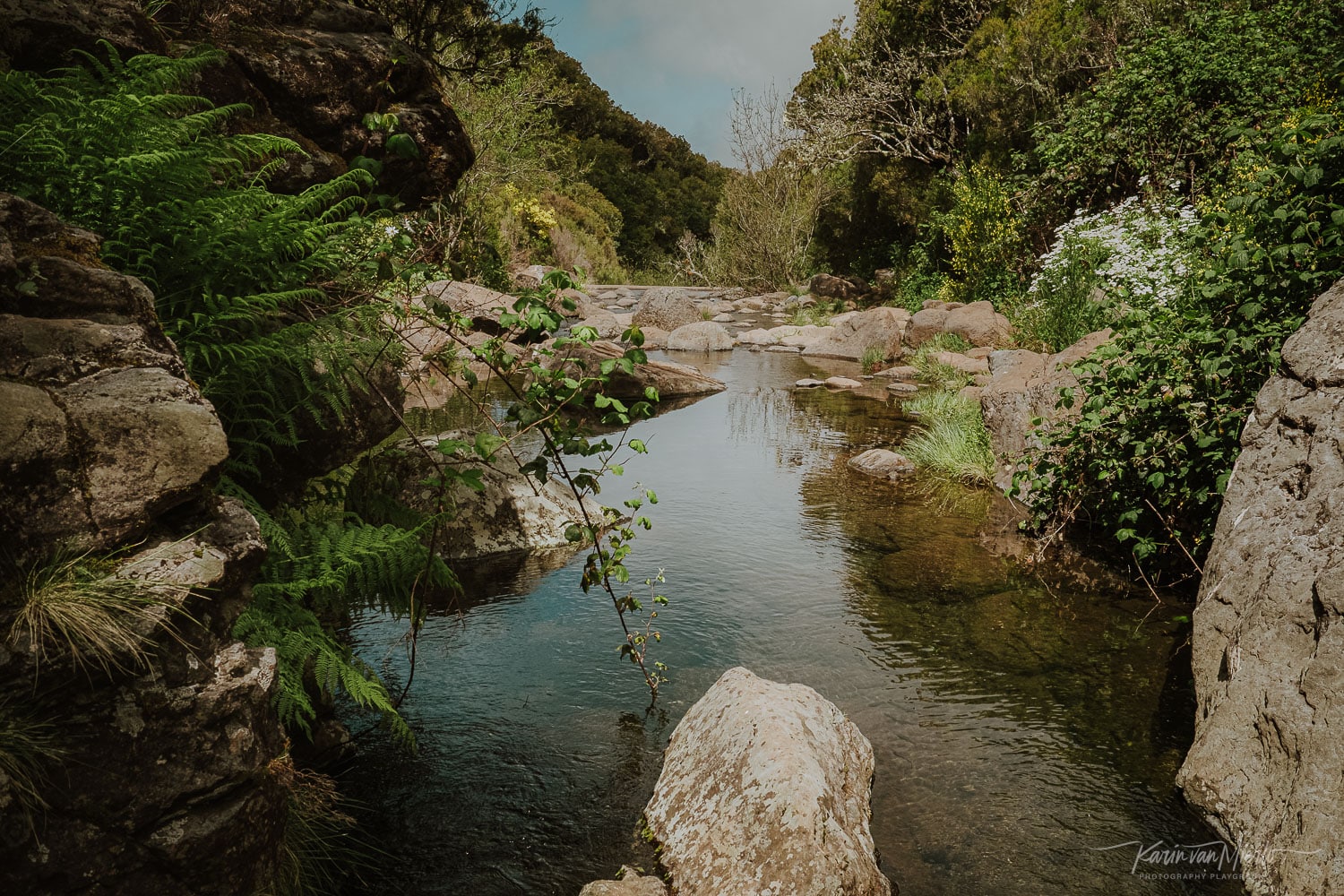
Tripod?
Then there is the matter of the tripod. I’m sure every landscape photographer will tell you that you need one. I think it depends on what you want and what you are willing to carry.
It’s perfectly possible to shoot landscapes without a tripod. Every landscape photo that accompanies this article was taken handheld.
However, if you’re into long exposures using slow shutter speeds or shooting during the blue and golden hours, you’ll need a tripod. Why? Keep reading and you’ll discover more tips for landscape photography!
#3 Landscape Photography Settings
One of the easiest tips for nature photography is to shoot in RAW, and if you don’t know what that is or have no way to process RAW images, I still want you to shoot in RAW.
If you don’t know the benefits of RAW, check out RAW vs JPEG to enlighten you. If you can’t process RAW images right now, you can select the RAW/JPEG option in your camera’s settings. It’s the best of both worlds.
Aperture & Shutter Speed
For landscape photography, you want your photos to be sharp and in focus from front to back. This means a small aperture of at least f/11. The other two settings, shutter speed and ISO, are usually secondary.
But – and this is where the tripod might come in – a very important aspect of sharpness is also a fast enough shutter speed. To be on the safe side, we’re looking at shutter speeds of 1/250 or faster.
Slow Shutter Speed & Long Exposure
Of course, we can compensate for this by increasing our ISO, but then we introduce noise. So if you don’t want to increase your ISO, the only solution is to mount your camera on a tripod so you can keep your shutter open long enough to expose your images properly without blurring them.
And then sometimes you want the blur, like the soft, smooth water of a waterfall or a dreamy coastline with silky waves. This requires a tripod and neutral density filters.
Not familiar with using your camera in manual mode? What a pity! Why not take the first step out of automatic mode with our Starter Photography Playbook?
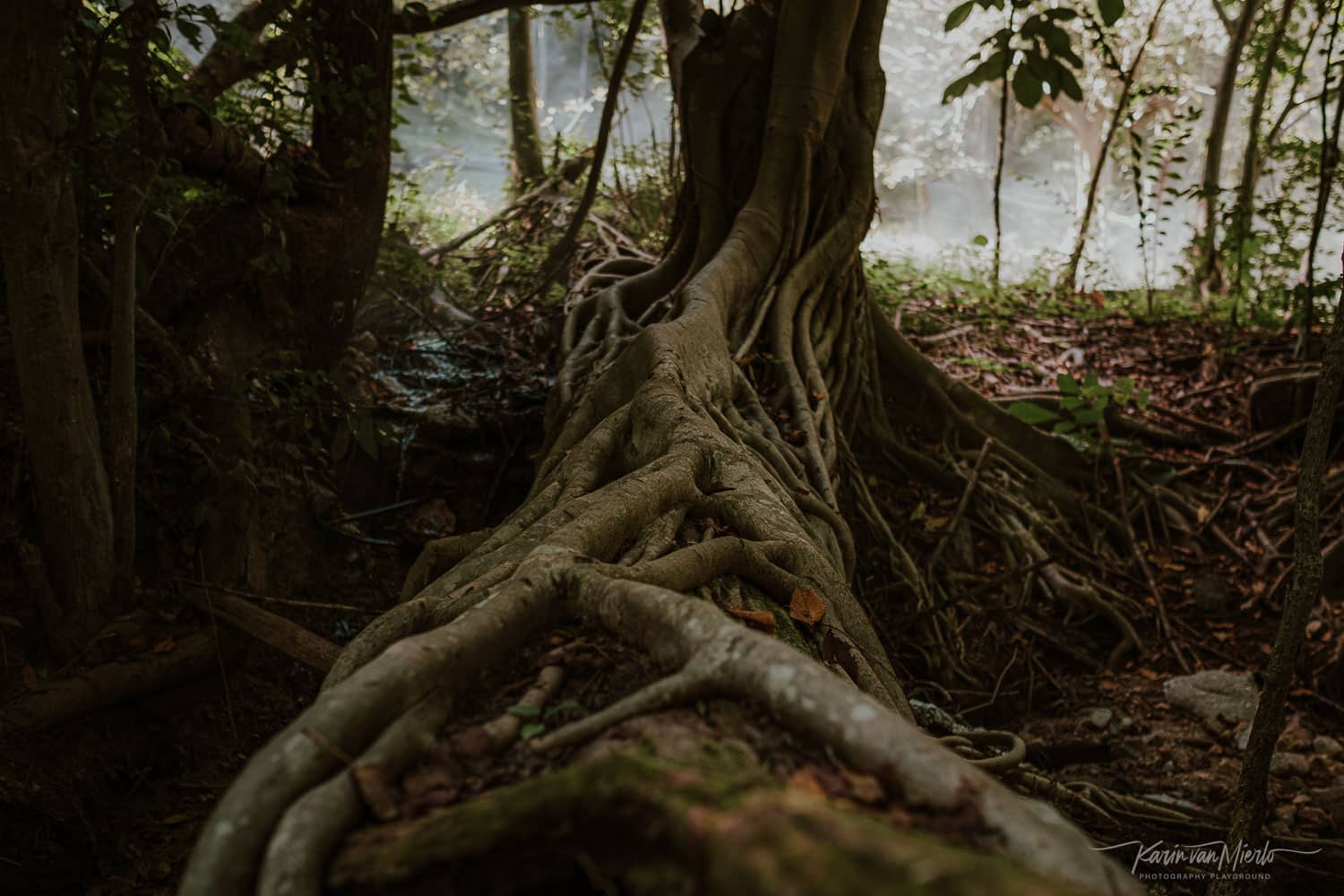
#4 Slow Down
One of the best tips for landscape photography is to slow down. It invites you to step away from your normal fast-paced life and take a mindful approach to photography.
Check out See Fresh, our Mindful Photography Course.
When I’m in nature, photography often becomes a meditation. The landscape encourages me to see it with fresh eyes, to explore different ways of capturing it, and to tinker as long as I want.
What & Why
If you find it difficult to slow down and you’re more of a quick snapper, consider this. When you’re about to raise your camera to your eye, ask yourself what it is in the landscape that caught your eye, what made you notice it? And then, why do you want to photograph it? This question invites you to stop – literally stop – and look and identify the thing that stands out to you.
How
The next step is to ask yourself how you’re going to photograph it so that a year from now, you’ll know immediately why you took that picture.
In other words, what do you need to do to emphasize the thing that stands out to you? Do you need to get closer or do you need to step back? Do you need to change your angle? What does the photo need?
Connect
Do you see? Landscape photography isn’t just about capturing scenes; it’s an opportunity to slow down, embrace mindfulness, and truly connect with the beauty of nature.
By asking yourself intentional questions before you press the shutter, you will not only create meaningful photographs but also cultivate a deeper connection to the landscape that envelops you.
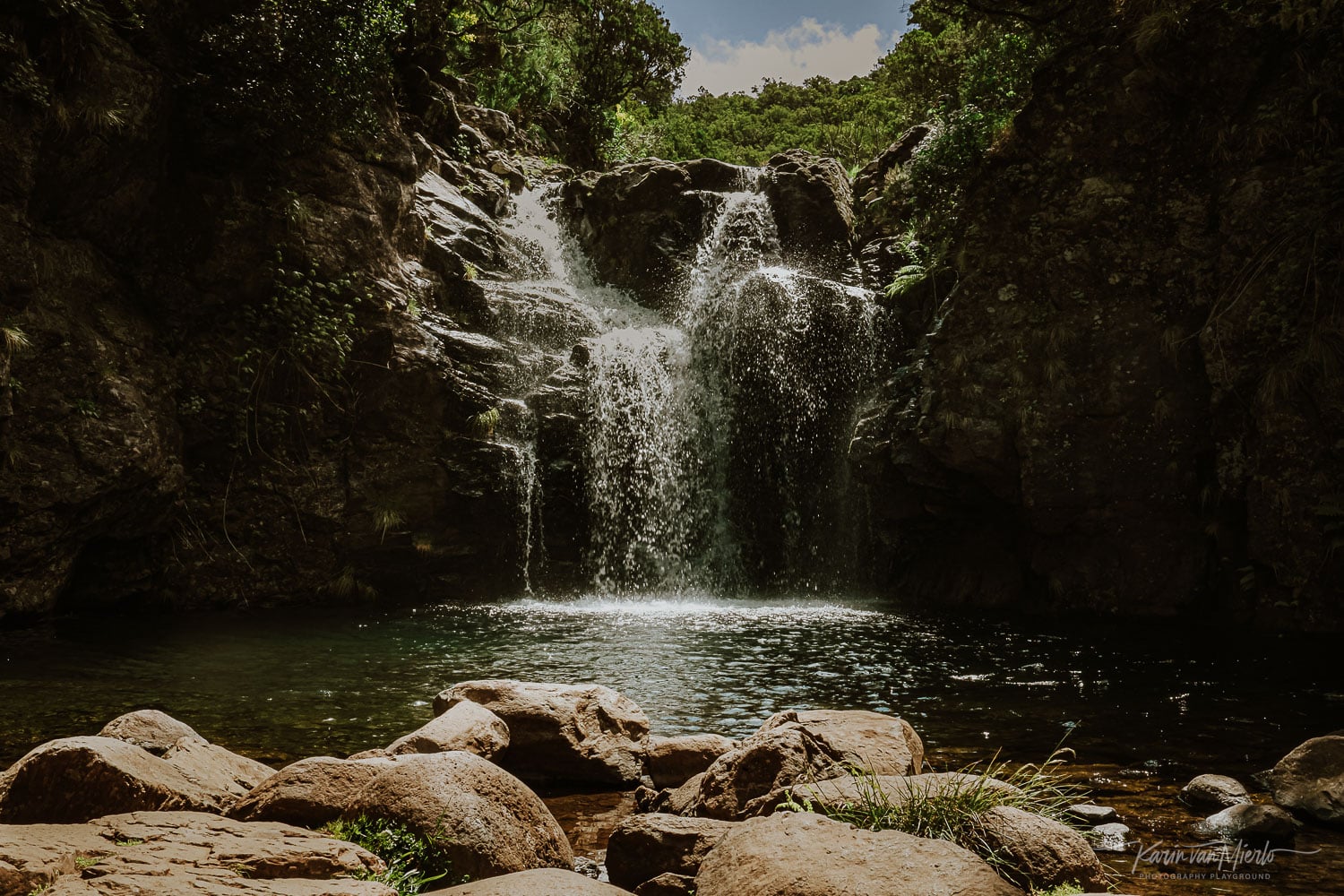
#5 Work the Light
A lot of landscape photographers would have you believe that if you’re not up at the crack of dawn chasing the perfect daybreak, you’re not the real deal.
Don’t Limit Yourself
Of course, sunrise and sunset are magical times to be out in nature. No argument there. I just think you’re limiting yourself if you think there’s such a thing as the best time to shoot. This goes for any genre of photography, by the way.
That’s why I want to encourage you to work with the light you have in the moment. It is so much more exciting than the formulaic dawn and dusk photos you see everywhere.
Adapt
If the light is less than epic, adapt. Take flat light – when the sky is full of clouds and the sun’s rays don’t reach the earth – allows you to focus on details, colors, textures, reflections, patterns, etc.
The point is learning to take advantage of the light that is. It stretches your imagination. You get to step out of your little sunny box and embrace what is.
You see, the thing is, you cannot change the light. The sun doesn’t shine because you ask her to. If you cannot change the circumstances, change your approach to them, right? That’s valuable not only in photography but in life!
Find out more about Natural Light Photography.
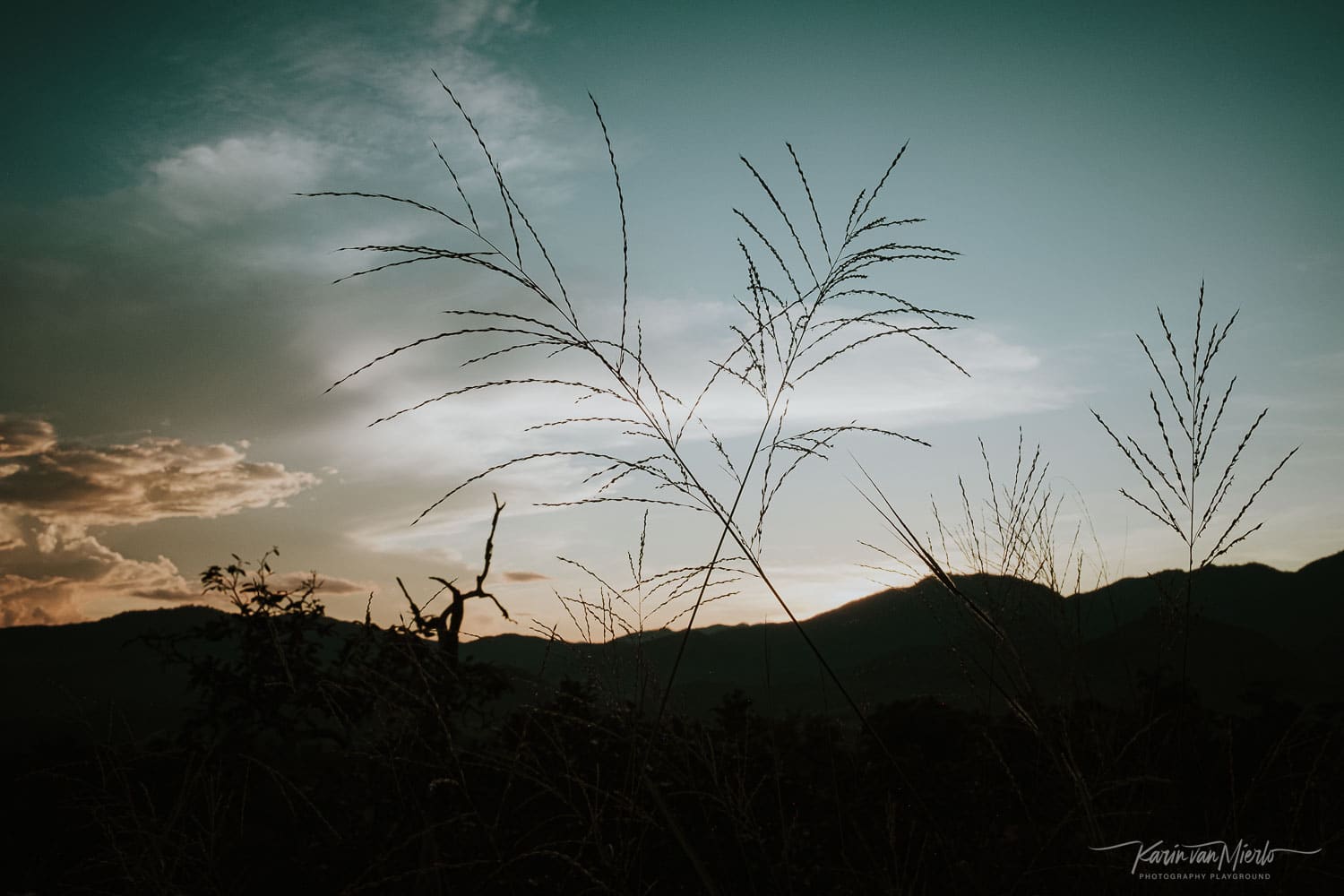
#6 Embrace Contrasts
Contrast is a big thing in photography. We find them in all kinds of forms. I assure you that if you open your eyes to contrast, you will find it everywhere.
The most obvious, of course, is the contrast between light and shadow, or in photography, between the bright and dark areas.
Bright Area
This is a little tricky in terms of exposure, but I don’t want you to worry too much about it. If you make sure that the bright area in your frame is properly exposed, you will be fine, my friend.
The darker areas are just that, dark. They support the bright area, they are more of a frame, and in that frame, the bright area can shine. Our eyes are drawn to the bright area, that’s where it happens so that needs to be properly exposed.
There are other contrasts we can encounter in landscape photography, big and small come to mind, natural and manmade, smooth and rugged, organic and inorganic, or firm and fragile, as in the above photo.
#7 Lead the Eye
Composition plays an important role in landscape photography. It allows you to tell your story. Your story is what speaks to you in the scene. With composition, you put yourself, your vision, and your perspective in the frame.
Tell Your Story
It’s not as complicated as it sounds. Like I said before, just ask yourself: “What do I like? And what do I need to do to bring that out?” Composition gives you the tools to do that.
Composition allows you to tell your story in a way that leads and pleases the viewer’s eye. And if you do a really good job, it allows you to connect with the viewer emotionally.
Your Point of View
Your most important composition tool is your body because you use it to change your point of view. Sometimes the difference between an okay shot and an epic shot can be as simple as crouching down.
As you move and change your point of view, pay close attention to all the elements in your frame and how the interaction between them changes creating, for instance, leading lines or shifts in the foreground, midground, and background. Find the sweet spot where what you like most in the scene stands out and the other elements support that element’s starring role.
In your quest for the perfect shot, keep an eye on your surroundings to make sure you’re safe!
There is a lot more to learn in landscape photography composition, if you’re interested check out Composition in Photography.
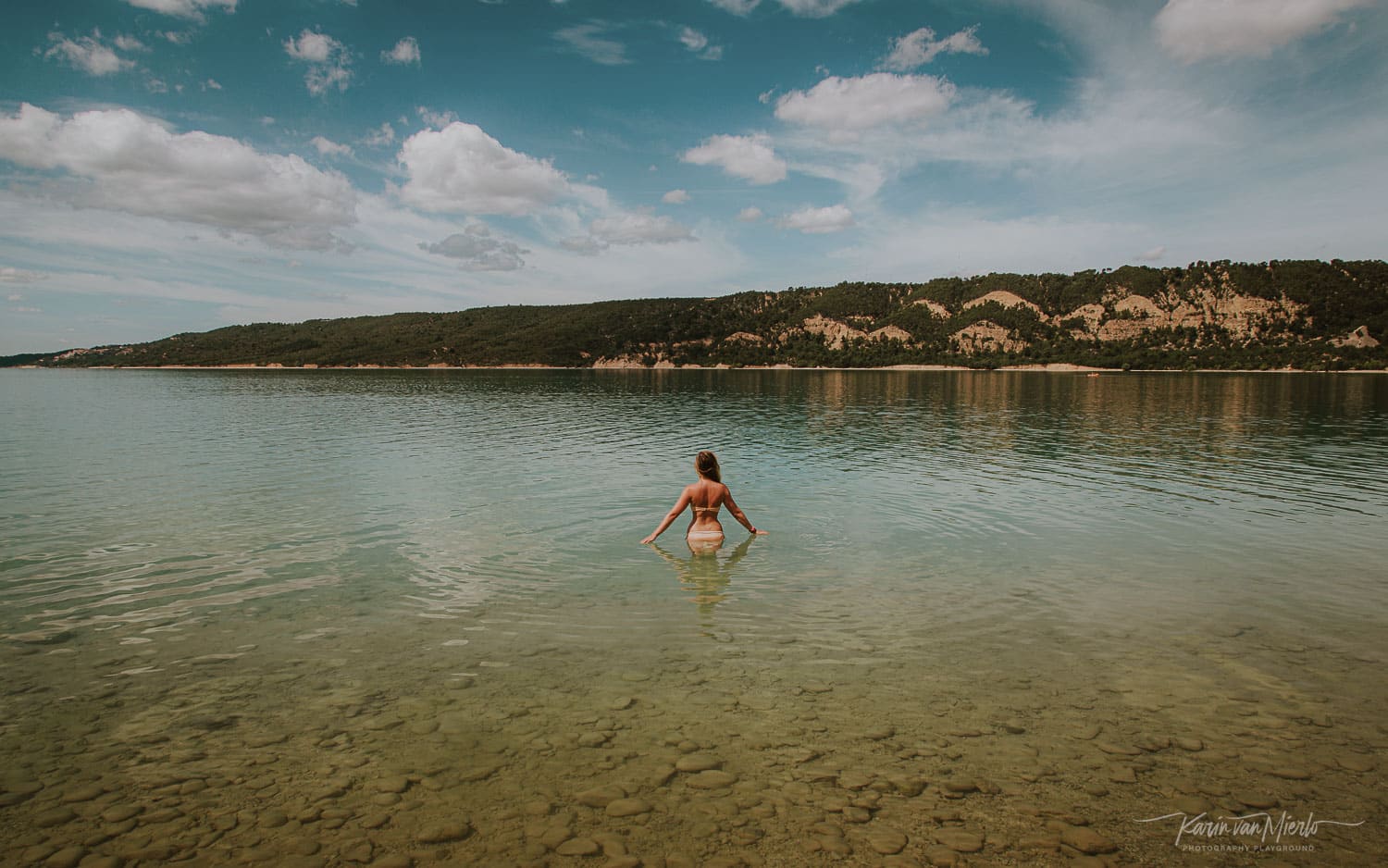
Bonus Tip: Add a Human Touch
Sometimes a landscape shooting needs a human to emphasize its vastness, as in this photo of my daughter standing in a big lake. She takes up a tiny fraction of the frame, but she is the focal point. She is the place in the photograph where our eyes go first. She gives the scene a sense of scale.
Sense of Scale
The point of introducing humans into your landscape photography is this sense of scale, and therefore they should be small and not very prominent. Like, if you happened to meet my daughter on the street, you wouldn’t recognize her, right? Because it’s not about the person, it’s about the humanity that they represent.
Final Thoughts
Landscape photography invites you to slow down, embracing mindfulness in each shot. As you connect with the beauty of nature, ask intentional questions before pressing the shutter. This fosters a profound connection to the landscape that surrounds you and it will transform your photos into meaningful visual stories.
I hope you enjoy these tips for better landscape photography, and that they fill you with creativity, inspiration, and a deeper connection to the ever-changing landscapes you find yourself in.
Follow us on Instagram @photography_playground and share your photos and thoughts with us.

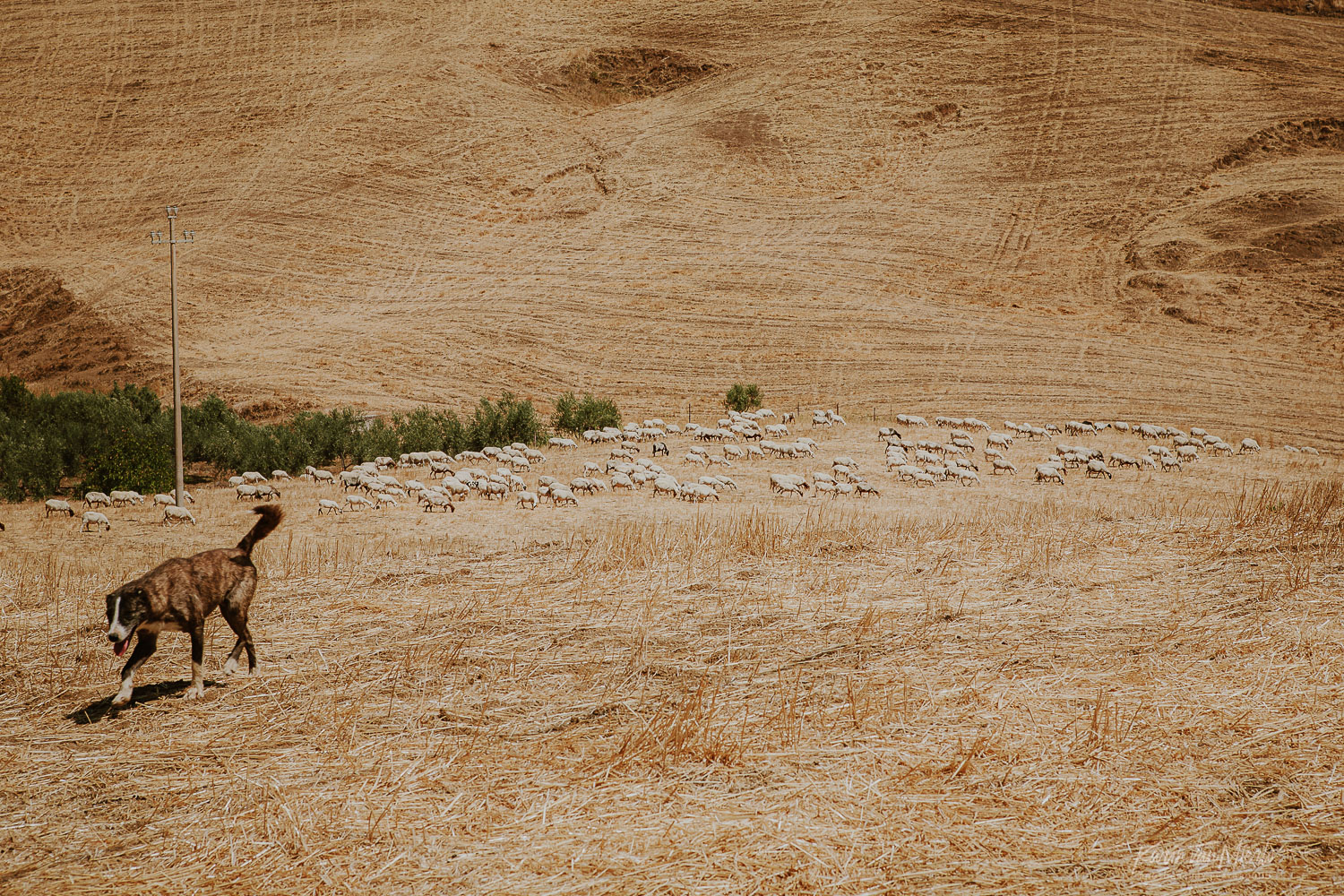
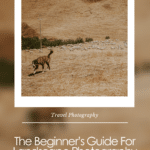
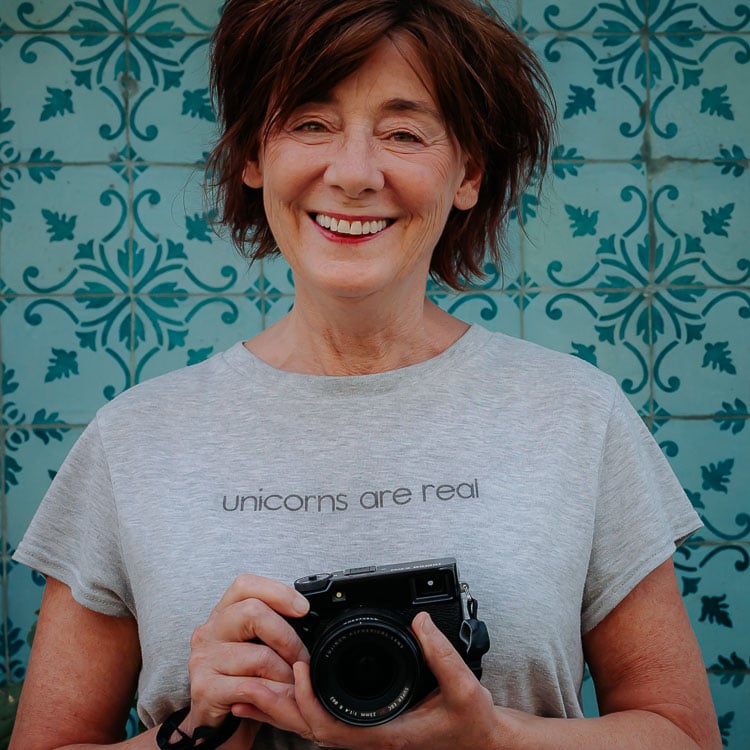


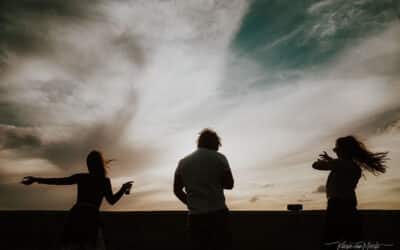

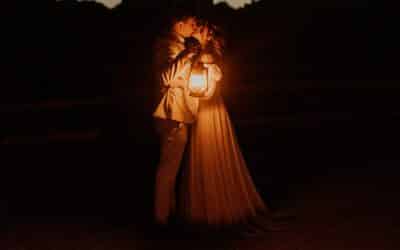

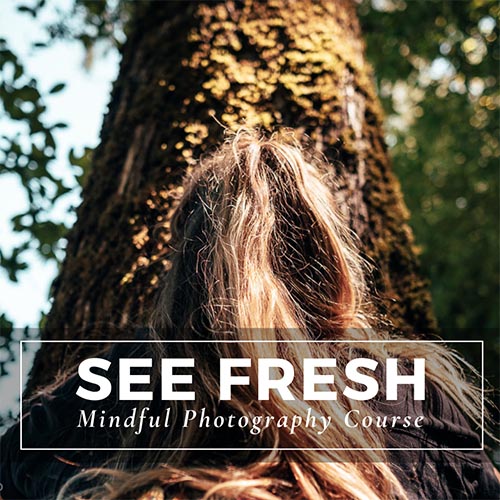
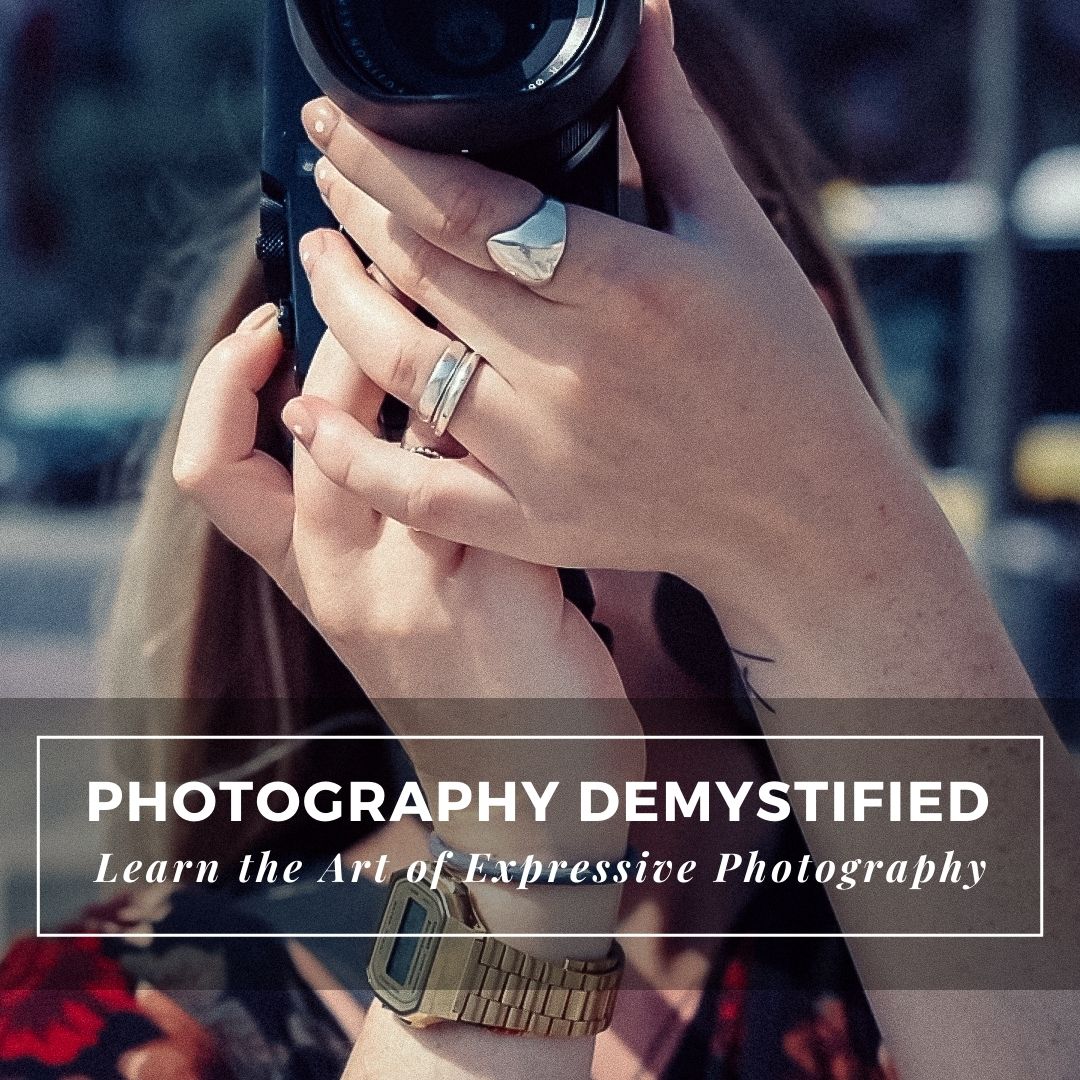

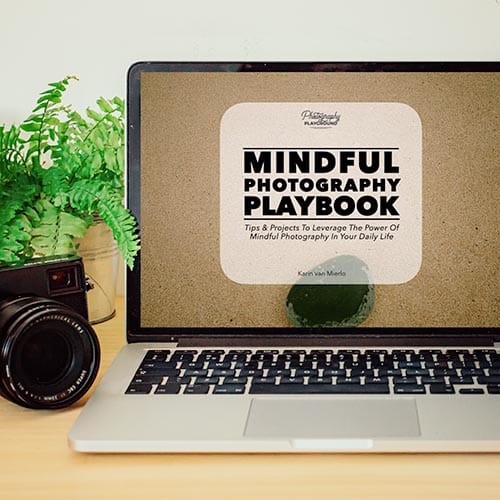
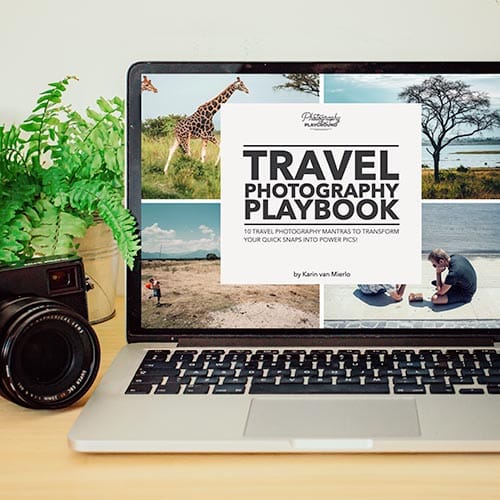

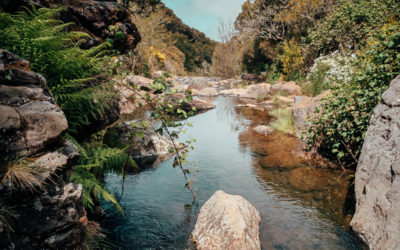
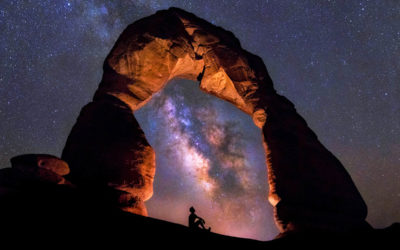
0 Comments